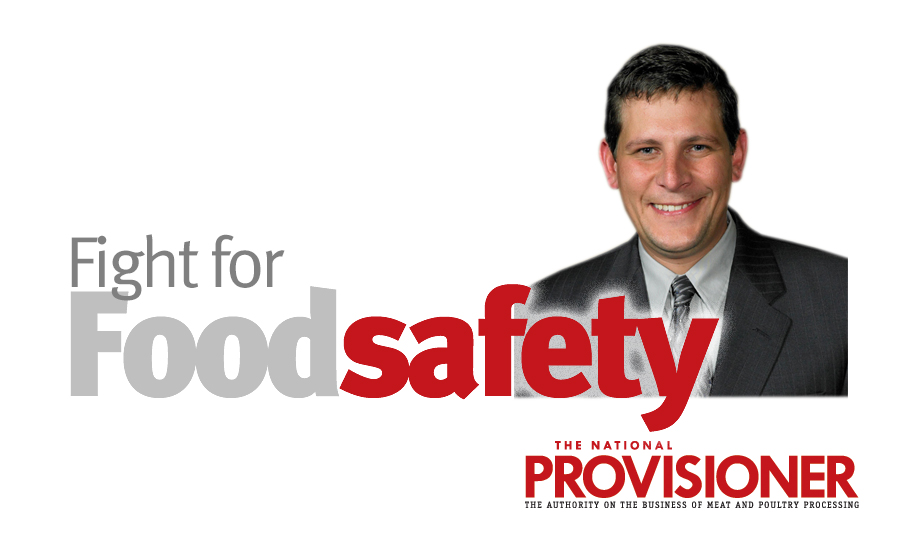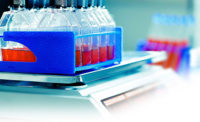Food Safety Report | Fight for Food Safety
Expect substantial, rapid food-safety advancement to continue
Speeding along

There have been substantial changes in recent years in food-safety science, technology, regulation and enforcement. With new legislation, regulations and continuous governmental intervention, producing food is now more complex than ever before. And, while there have been unprecedented policy shifts in recent years, I predict that the next year will bring even more. Here are my views on changes hovering just over the horizon.
Real-time pathogen detection
The food industry’s ability to produce safe food is only as good as its ability to detect and control pathogens. Increasingly, food processors are pressured by regulators and their customers to increase sampling and testing of incoming ingredients, the food processing environment and finished products. But with current lags in the time from sample collection to final result, testing remains problematic. With that said, technology has a unique way of responding to industry need, and I predict this year we will see emerging technologies that allow for near-real time detection of harmful pathogens in the environment or in finished products.
Whole genome sequencing (WGS)
While industry improves its ability to rapidly test for and identify pathogens in food facilities and products, the government is increasing its ability to solve foodborne illness outbreaks. In the U.S. Center for Disease Control and Prevention’s (CDC’s) database, there are currently nearly a million human isolates from unsolved foodborne illnesses. With the move toward Whole Genome Sequencing (WGS), which has much higher resolution when compared against previous foodborne illness and outbreak detection technologies, CDC is now able to detect correlations between case patients and products that were never before possible. The use of this technology allows regulators to solve both previously unsolved and emerging outbreaks.
Food safety inspections
CDC’s efforts are also aided by regulators’ new investigational tools. While inspecting food facilities, the U.S. Food and Drug Administration (FDA) now conducts microbiological sampling (the infamous “swab-a-thons”) to find pathogens. The agency routinely samples incoming ingredients, food processing equipment, floors, drains and finished products. USDA is also increasing the use of investigational swabbing when it suspects a company’s products may be causing illness as well. If any samples are positive, the agency will use WGS to see if they match any human illnesses in the CDC’s database to find the companies at fault.
Food safety standards
Finally, food safety standards will continue to tighten as well. Already, under the new “human illness standard,” FDA and the U.S. Department of Justice (DOJ) are partnering to launch criminal investigations whenever a company’s food products are believed to be associated with human illness. FDA has also tightened its stance on Listeria in the environment, adopting a near zero-tolerance approach. As FDA and USDA have announced increased collaboration and partnership in setting and enforcing food safety standards, we expect the USDA noose to tighten as well. Increasingly, tolerance will continue to wane for Listeria in the environment and Salmonella in ground beef and poultry.
When it comes to food safety, we are living in an era of substantial and drastic change. The changes that have already occurred represent merely a preview of what is yet to come. Pathogen detection will continue to improve, outbreak surveillance will continue to be enhanced, new regulations will continue to be imposed and enforcement will continue to intensify. Make sure this year you are leaning further forward in the food safety foxhole than ever before. NP
Looking for a reprint of this article?
From high-res PDFs to custom plaques, order your copy today!









